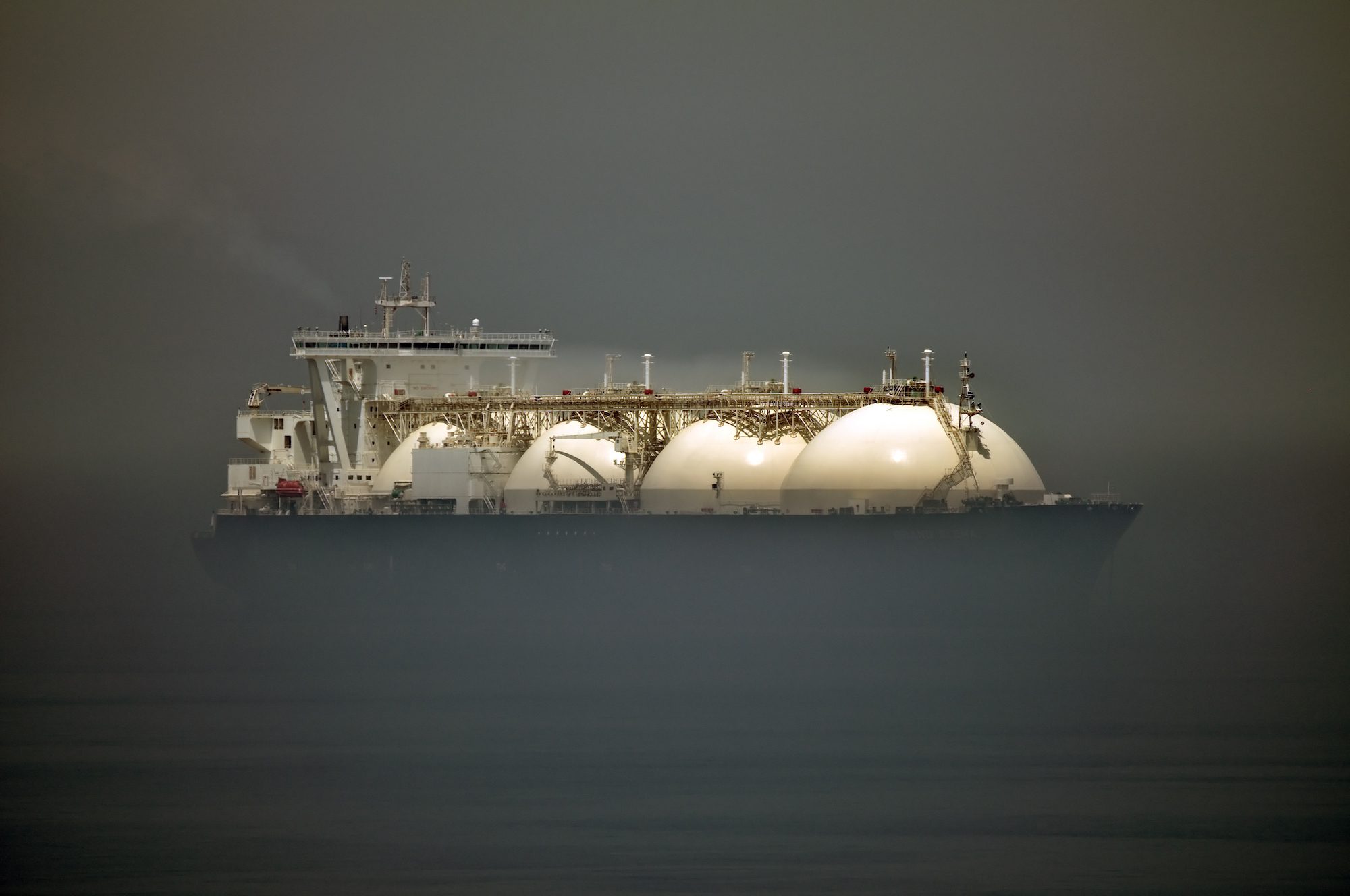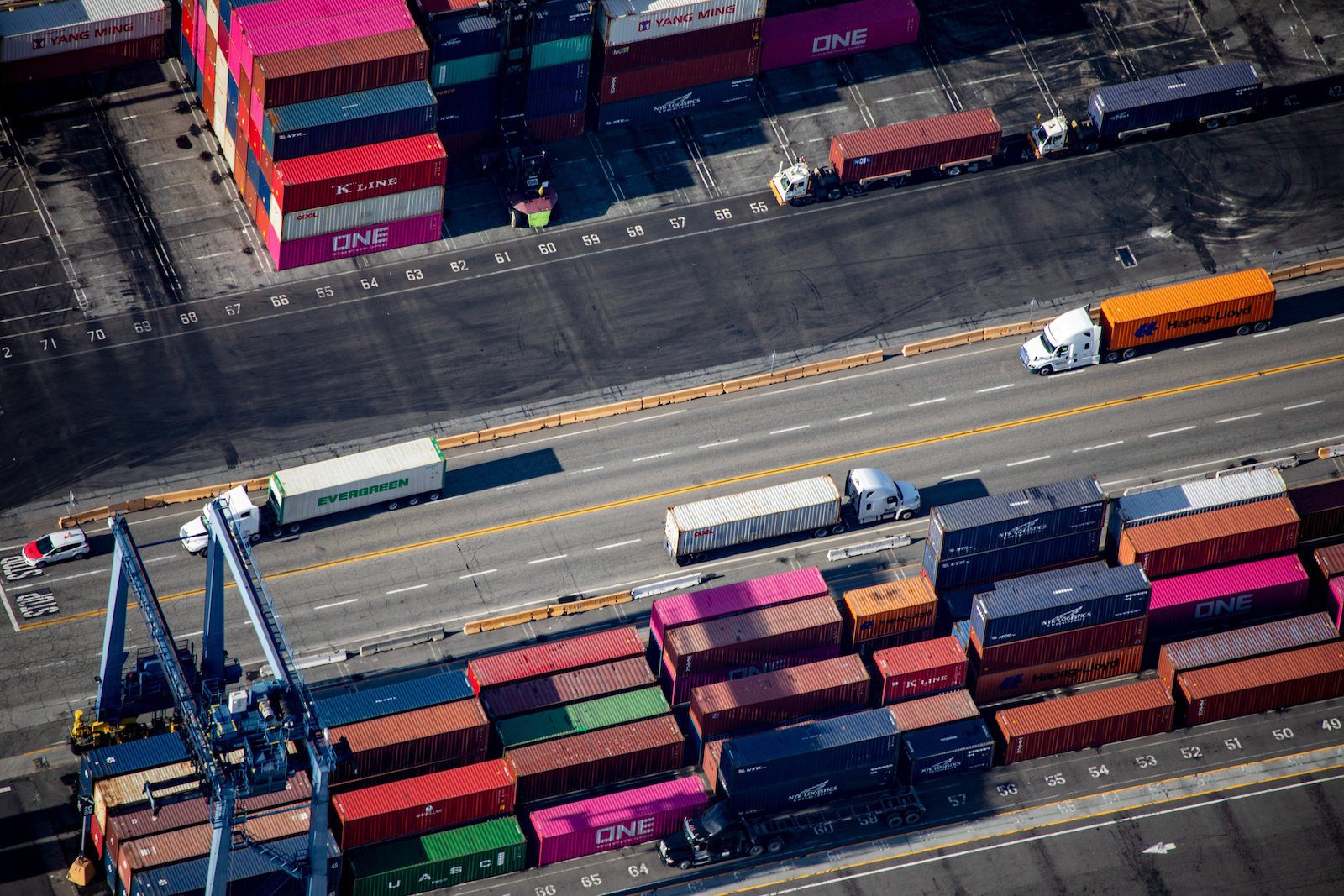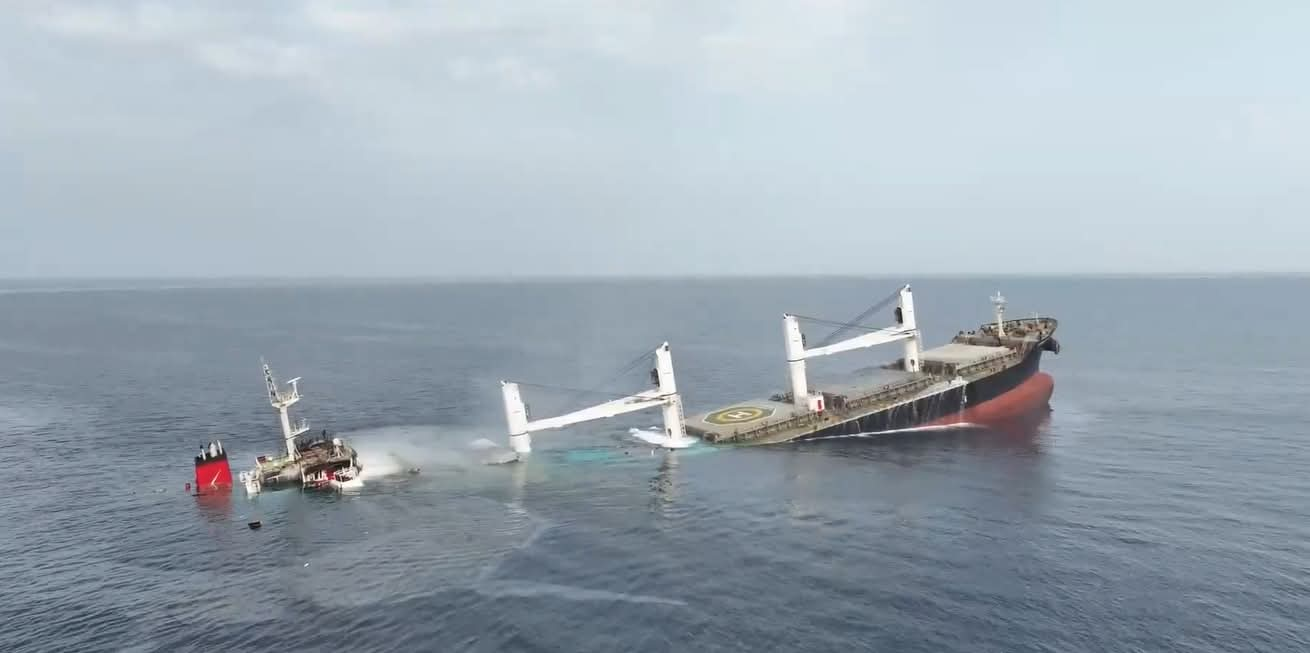By Alex Lennane (The Loadstar) –
Ocean carriers have removed almost a quarter of their capacity from the transpacific tradelane in the past year as freight rates have sunk below pre-pandemic levels.
Results from carriers operating on the transpacific are, at best, breaking even, prompting them to reassess their network coverage and redeploy tonnage on more lucrative routes, such as Asia to the Mediterranean.
An analysis by Alphaliner found that the average weekly slots available from Asia to North America had dropped to 516,160 teu, a 23.3% decrease on June 2022.
The consultant said the Asia-North America “exodus” had been led by the world’s largest carrier, MSC, which has reduced its capacity on the transpacific by 35% year on year, while 2M partner Maersk has taken out 19%.
However, this huge capacity reduction by the top two global carriers is skewed somewhat by the fact that both lines deployed additional tonnage, in terms of standalone loops, during the peak demand period of a year ago, when average rate levels were in excess of $10,000 per 40ft, and some premium spot rates were being touted at over $20,000.
Average spot rate levels from Asia to the US pre-Covid were in the region of $1,500 per 40ft for US west coast ports and $3,000 for the east coast – but they have now collapsed to about $1,200 and $2,100 per 40ft, respectively.
And pre-pandemic long-term contract rates were at levels quite a bit higher than spot, but this year they are showing only a small premium above the short-term market.
Moreover, as freight revenues have contracted, the lines have seen operating costs spike significantly, due to expensive charter hire renewals and inflationary increases from service providers.
Alphaliner also noted that all the “newcomers” to the transpacific trade, which took advantage of the sky-high rates and strong demand to earn substantial profits on voyages of even small containerships, had now either quit the market or terminated the service – in the case of China United Lines, at the end of this month.
These liner ‘disrupters’ – CU Lines, Sea Lead, Pasha, Transfar, TS Lines, BAL and Jin Jiang – accounted for 138,800 teu, or 2.5% of the total fleet at June 2022, according to Alphaliner data. And these numbers do not include the numerous ad-hoc charters on breakbulk vessels desperate shippers were obliged to commit to in order to protect their supply chains.
Meanwhile, in contrast, Alphaliner highlights the fact that Zim has actually increased the number of slots it offers on the route by 21%, compared with a year ago.
“The Israeli carrier has closed all its so-called Zim eCommerce express Asia-USWC loops, but redirected the ships affected to a new South-East Asia-Far East-USEC eCommerce express Baltimore service (ZXB), which requires 13 vessels,” said Alphaliner.
The consultant added that another reason for Zim’s growth, and for its bucking the trend on the transpacific, is the delivery of a series of LNG-powered 15,000 teu ships on long-term charter from Seaspan, being deploying on an upgraded Asia-US east coast loop.
(c) Copyright Thomson Reuters 2023.
Tags:

 Join The Club
Join The Club











